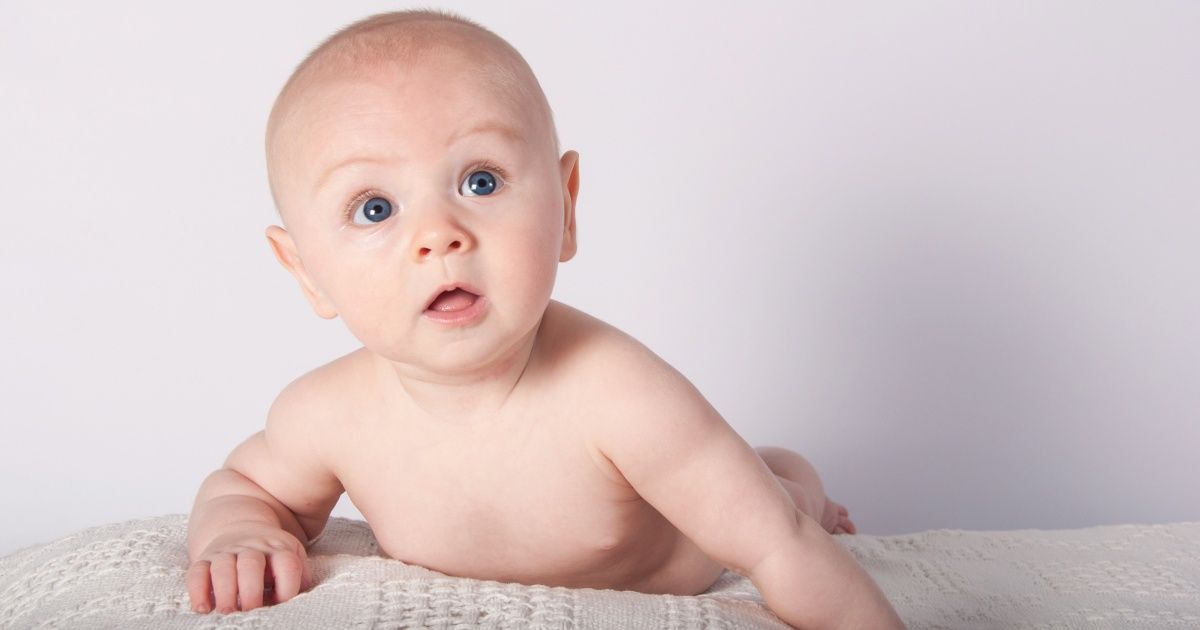Childproofing Checklist
Having a baby is a wonderful, yet admittedly stressful experience. Make your job easier, and your baby’s life safer by using this short checklist as a guide!

Most babies start to crawl between the ages 7 to 10 months old. And after a while, a baby who was learned how to crawl, will start pulling themselves up. This means that counters and other surfaces are now easily within their reach.
Unintentional injuries towards their children is something all parents want to avoid. Use this checklist to help prepare for your child’s development. Take the proper safety measures to keep your family safe at home.
Protect Outlets
Outlets are usually found around low areas of the house and within your baby’s reach. Put outlet covers on all exposed sockets to keep your baby from accidentally getting shocked. Aside from this, some outlet covers can also be a choking hazard if a toddler tries to pry them out of your walls. So make sure to look for “childproof” sockets that require two hands to remove or has cover plates that screw on.
Install Gates
Safety gates were made so that accidents can be prevented, especially around stairs. Install gates at the top and bottom of your stairs so that you can prevent your child from accidentally falling down the stairs or going up unattended. Aside from these, you can install them anywhere you see fit. You can even install them in rooms so that you can assure yourself that your children would only be in one area as they play amongst themselves.
Choking Hazards
Make sure that none of your children’s toys are choking hazards. Babies have the tendency to place anything they grab inside their mouths, toys included. So do not leave anything smaller than the palm of your hand lying around and within your baby’s reach.
Accidental Poisoning
As mentioned, babies love exploring the world around them by putting things inside their mouths. Apart from causing accidental choking, this can also lead to poisoning. You can prevent this by locking away harmful substances such as medicine and cleaning products. Ensure that your child’s toys are made through safe methods, and are not high in lead or other chemicals.
Car Seats
Just as all adult vehicle occupants need to be properly restrained by seat belts, children also need child safety seats to prevent injury in case of a sudden stop. Seat belts and car seats hold down different parts of the body in case of a sudden stop. They also spread the possible crash force over a wide area, and help protect the brain and spinal cord.
Door Stops
Door safety is very important especially if you have children and toddlers running around. Installing door stoppers prevents your children from accidentally having their fingers jammed in the doorway. This also ensures that you or someone else in your household do not accidentally close the door while your child’s hands are still placed by the doorway.
Padding Corners
Once your baby starts pulling themselves up, it is inevitable that they will use low tables and other surfaces to heft themselves up. Corners can be particularly dangerous because they are sharp. In the case that your baby trips near your coffee table, it is best to pad your corners to avoid any further injury.
Window Safety
Cut off or tie up dangling chords from your drapes and blinds. There is a large chance that when your child sees them, they may get curious and accidentally get themselves tangled in them. The worst case scenario is that they accidentally entangle the chords around their necks. Additionally, make sure to keep your baby from open windows. Mark sliding doors or other expanses of glass with colorful stickers so that once your child starts walking, there is no chance that they would accidentally bump into it.
Plan For Emergencies
Planning what to do for emergencies is of utmost importance. Make sure that you and those taking care of your child are aware of what to do in case of emergencies. Aside from this, it is also advisable that you learn from a professional what to do in case your baby is choking, as well as learn infant CPR in the process.
Watch Closely
Last, but not least, make sure to never your baby alone on beds, sofas, or anywhere in general. You may think that getting a glass of water and leaving your child on the sofa is okay, but it is better to be safe than sorry. Rather than taking the risk, ask someone reliable and trustworthy to watch your baby, even for a short while.
Having a baby is a wonderful yet, admittedly, stressful experience. Make your job easier, and your baby’s life safer by using this short checklist as a guide! And incase there is an emergency concerning you or your child, make sure to contact 911 as soon as possible, or call your pediatrician.You can also proceed to the nearest medical facility near your home.
If you need any contact details from local pediatricians or medical facilities, SeeYouDoc has you covered! You can see various details of medical facilities on our website: www.seeyoudoc.com.
